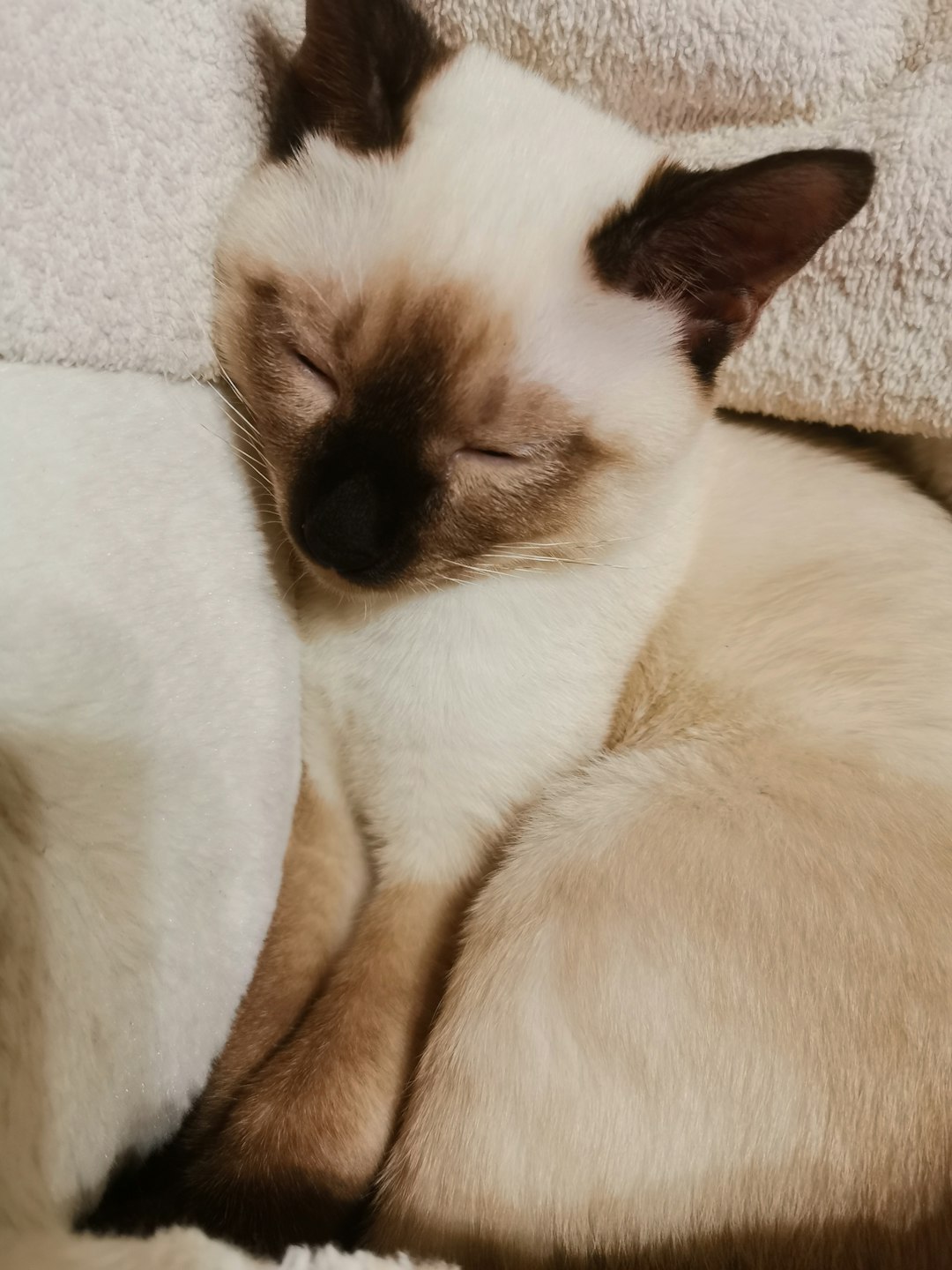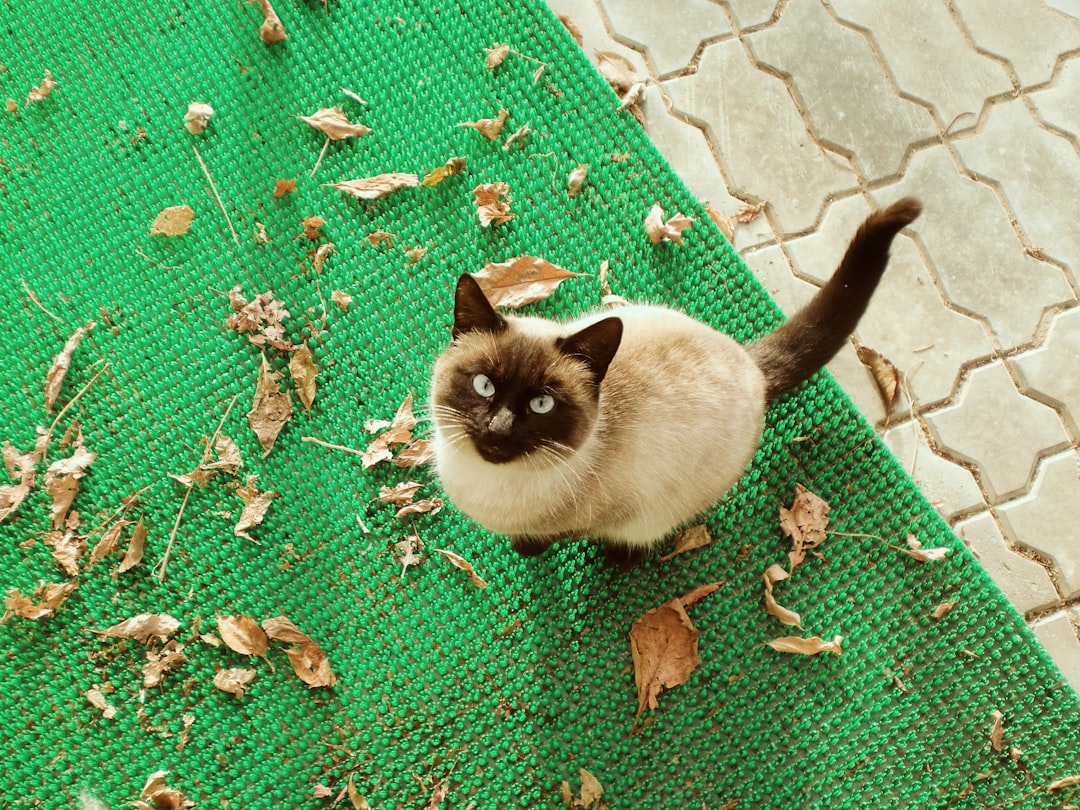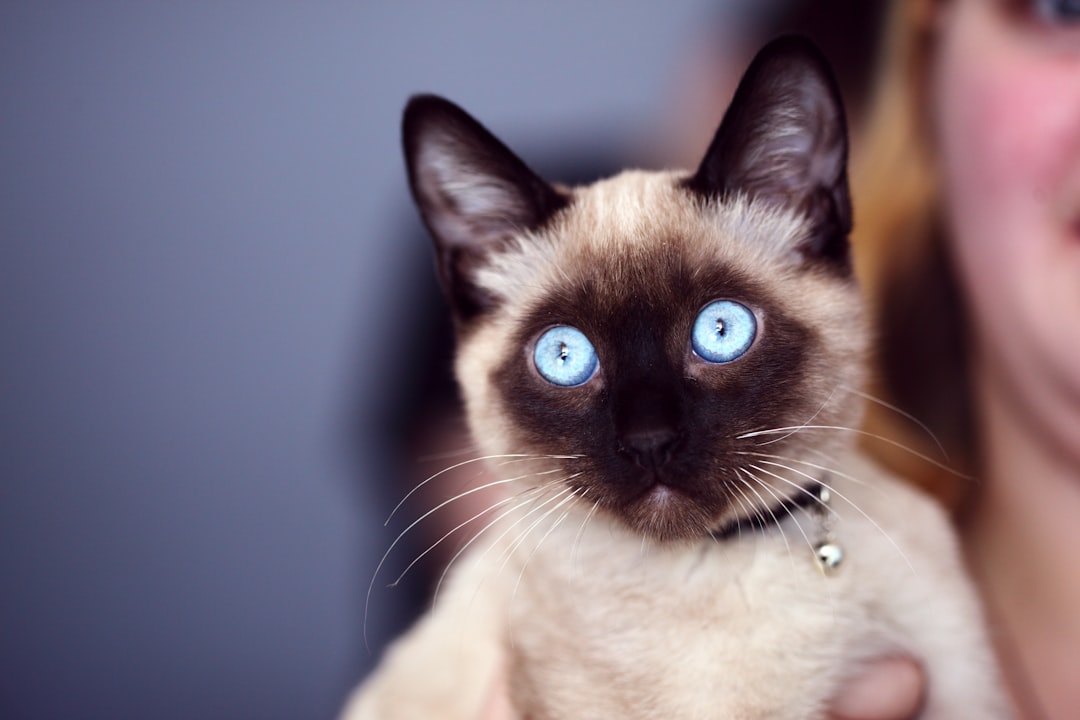As pet owners increasingly seek healthier options for their feline companions, the appeal of raw cat food has garnered significant attention. This diet aligns with cats’ natural predatory instincts and nutritional needs, offering numerous benefits that conventional diets may lack. Understanding how raw food meets these dietary requirements is crucial for promoting optimal health. Furthermore, debunking common myths can encourage more pet owners to consider this nutritious alternative. In this blog post, we will delve into the advantages and considerations of implementing raw cat food into your cat’s diet.
Understanding Raw Cat Food
Raw cat food refers to a diet made primarily from uncooked, natural ingredients that closely mimic what felines would eat in the wild. This approach to feeding aligns with a cat’s biological needs, as they are obligate carnivores, requiring animal-based proteins and nutrients.
Key Characteristics of Raw Cat Food:
- Protein-Focused: Rich in animal proteins, which provide essential amino acids crucial for feline health.
- Whole Ingredients: Often includes muscle meat, organs, bones, and small amounts of vegetables or fruits.
- No Fillers: Typically free from grains, preservatives, and artificial additives, offering a cleaner nutritional profile.
Benefits of Raw Cat Food:
- Improved Digestion: Many pet owners report better digestion and smaller fecal output.
- Healthier Coat: A raw diet can lead to shinier fur due to increased fats and omega-3 fatty acids.
- Enhanced Energy Levels: Cats often exhibit more energy and vitality when fed a raw diet.
In conclusion, understanding raw cat food involves recognizing its formulation around a cat’s innate dietary needs, which can promote better overall health and well-being.

Nutritional Needs of Cats
Understanding the nutritional needs of cats is crucial for their health and well-being. Cats are obligate carnivores, meaning they require specific nutrients primarily derived from animal sources. Here are the key components they need:
Proteins: Essential for growth, repair, and energy. Raw cat food typically contains high levels of protein, which supports muscle development.
Fats: Provide energy and help in the absorption of certain vitamins. The right balance of fat in raw cat food ensures a shiny coat and healthy skin.
Taurine: An amino acid vital for heart and eye health. Unlike many other animals, cats cannot produce enough taurine, making it a crucial ingredient in their diet.
Vitamins and Minerals: Raw diets should include various vitamins (A, E, K) and minerals (calcium, phosphorus) to support bodily functions and overall health.
Water: Fresh water is vital. Raw cat food has higher moisture content than kibble, which promotes hydration.
In summary, a balanced raw cat food diet meets the essential nutritional requirements of cats, thereby enhancing their vitality and longevity.
Benefits of a Raw Diet for Cats
Switching to raw cat food can provide numerous advantages for your feline friend. Here are some key benefits of incorporating a raw diet:
Improved Digestion: Raw cat food contains enzymes and natural ingredients that aid in digestion, reducing issues like gas and constipation.
Healthier Coat: The high-quality proteins and essential fatty acids in raw diets promote a glossy and healthy coat, reducing shedding and skin irritations.
Increased Energy Levels: Cats on a raw diet often experience enhanced energy, thanks to the nutrient-rich ingredients that fuel their bodies naturally.
Dental Health Benefits: Chewing on raw meaty bones helps clean teeth and gums, reducing plaque buildup and the risk of dental disease.
Weight Management: Raw cat food is often lower in carbohydrates than traditional kibble, helping to maintain a healthy weight and prevent obesity.
| Benefit | Raw Diet | Dry Food |
|---|---|---|
| Improved Digestion | Yes | Limited |
| Healthier Coat | Yes | No |
| Increased Energy | Yes | Often No |
| Dental Health | Yes | Limited |
| Weight Management | Yes | Often No |
In summary, transitioning to a raw cat food diet can enhance your cat’s overall health and well-being, making it a worthwhile consideration for responsible pet owners.
Common Myths About Raw Cat Food
When it comes to raw cat food, several misconceptions can mislead pet owners. Let’s debunk these common myths:
Raw Diets Are Unbalanced: Many believe that raw food lacks essential nutrients. In reality, high-quality raw cat food can provide balanced nutrition when prepared correctly. Consult with a vet or pet nutritionist for guidance.
Raw Diets Are Dangerous: While food safety is crucial, the risk can be minimized with proper handling and sourcing. By purchasing from reputable suppliers and employing safe storage practices, you can reduce potential health risks.
Cats Can’t Digest Raw Food: Some think that cats’ digestive systems are not equipped for raw meat. However, cats have evolved as obligate carnivores, meaning their bodies thrive on meat-based diets, including raw options.
All Cats Will Love Raw Food: Many assume that every cat will take to a raw diet immediately. Transitioning gradually is key, as some may take time to adjust.
Understanding these myths helps you make informed decisions about whether raw cat food is a suitable choice for your feline friend.

Choosing High-Quality Raw Cat Food
When selecting raw cat food, it’s essential to prioritize quality to ensure your feline friend receives balanced nutrition. Here are some key factors to consider:
- Ingredients: Look for whole meats (like chicken, turkey, or beef), organ meats, and bones. Avoid fillers, grains, and artificial additives.
- Source: Choose products from reputable brands with transparent sourcing practices. Ideally, they should use high-quality, human-grade ingredients.
- Nutrition Analysis: Check that the raw cat food meets AAFCO (Association of American Feed Control Officials) standards. This ensures the diet contains essential nutrients for your cat.
- Packaging: Opt for raw food packaged in a way that maintains freshness. Vacuum sealing and frozen options can help preserve the nutritional quality.
- Feeding Guidelines: Select brands that provide clear serving recommendations based on your cat’s weight, age, and activity level.
By focusing on these aspects, you can confidently choose raw cat food that supports your cat’s health and well-being. Always remember, a nutritious diet can significantly influence your cat’s vitality and longevity!
Transitioning Your Cat to a Raw Diet
Transitioning your cat to a raw diet can be an exciting journey! To ensure success, follow these essential steps:
Start Slowly: Gradually introduce raw cat food into your cat’s diet. Begin with small portions mixed with their current food, increasing the raw ratio over time.
Observe Reactions: Monitor your cat’s behavior and health during the transition. Look for signs of discomfort, such as vomiting or diarrhea, which may indicate that changes need to be made.
Introduce Variety: Cats can be picky eaters. Offer different types of raw cat food, such as chicken, turkey, or fish, to find what excites your feline friend.
Maintain Routine: Cats thrive on consistency. Feed them at the same times each day and keep their feeding environment calm.
Monitor Health: Regular vet check-ups are crucial. Discuss your cat’s transition to raw cat food and adjust their diet based on professional advice.
By taking these steps, you can help your cat adapt smoothly to a raw diet, reaping the nutritional benefits it offers.
Potential Risks and Precautions
While raw cat food can offer remarkable benefits for your feline friend, it is essential to be aware of potential risks and take necessary precautions. Here are some important considerations:
Bacterial Contamination: Raw meat poses the risk of bacteria such as Salmonella and E. coli. Always handle raw cat food with care.
Nutritional Imbalance: A poorly balanced raw diet may lead to deficiencies or excesses of specific nutrients. Focus on a complete and balanced formulation.
Parasites: Raw meat can host parasites. Ensure you source raw cat food from reputable suppliers who follow strict hygiene practices.
Dental Health Risks: Some raw diets may not adequately support dental health. Incorporate dental care routines alongside raw feeding.
To mitigate these risks:
- Consult a Veterinarian: Before transitioning, discuss your plans with a veterinarian knowledgeable about feline nutrition.
- Research Suppliers: Choose high-quality, trusted brands for your raw cat food to ensure safety.
By being informed and cautious, you can provide your cat with the benefits of a raw diet while minimizing potential risks.

Consulting with a Veterinarian
When considering raw cat food, consulting with a veterinarian is crucial. Your vet can provide personalized advice tailored to your cat’s specific needs. Here are several reasons to seek professional guidance:
- Nutritional Balance: A veterinarian can help ensure that the raw diet meets all essential nutrients, avoiding deficiencies.
- Health Monitoring: Regular check-ups can track your cat’s overall health and adjust dietary changes accordingly.
- Pre-existing Conditions: If your cat has any medical conditions, a vet can recommend whether a raw diet is suitable or suggest modifications.
- Transition Support: Assistance in transitioning your cat safely to raw cat food can prevent digestive issues or reluctance to eat.
Key Points to Discuss with Your Veterinarian:
| Topic | Importance |
|---|---|
| Nutrient Requirements | Ensuring a complete and balanced diet |
| Portion Control | Preventing overeating and weight gain |
| Food Safety Practices | Minimizing risks of bacterial infections |
Prioritizing your cat’s health through professional advice will enhance the benefits of a raw cat food diet while ensuring safe and effective transitions.
Frequently Asked Questions
What are the main benefits of feeding my cat raw food?
Feeding your cat raw food can provide numerous benefits, including improved digestion, healthier skin and coat, increased energy levels, and better dental health. Raw diets often contain higher levels of proteins and nutrients that are more aligned with a cat’s natural dietary needs, resulting in increased muscle mass and reduced fat. Additionally, many cat owners report fewer allergies and sensitivities when switching to a natural, raw diet.
Is a raw diet safe for all cats?
While many cats can thrive on a raw diet, it may not be suitable for every feline. Cats with specific health issues, compromised immune systems, or those recovering from surgery should be evaluated by a veterinarian before making dietary changes. It’s also important to ensure that the raw food is balanced and free from harmful bacteria, as improper handling or storage can pose health risks. Consulting a veterinary nutritionist can help in creating a safe and effective raw diet.
How do I transition my cat to a raw food diet?
Transitioning your cat to a raw food diet should be done gradually to prevent digestive upset. Start by mixing a small amount of raw food into your cat’s current diet, gradually increasing the raw portion over a week or two. Monitor your cat’s reaction and adjust the transition pace as necessary. It’s also beneficial to offer a variety of protein sources, such as chicken, turkey, and fish, to encourage acceptance and provide balanced nutrition.
What should I include in my cat’s raw food diet?
A well-balanced raw food diet for cats should include high-quality protein sources such as meat, organs, and bones. Essential nutrients such as taurine, vitamins, and minerals should also be present, which can be obtained through complementary ingredients like fish oil, eggs, or specific supplements. It’s crucial to ensure that the diet reflects the natural feeding habits of cats, as it should include a variety of proteins and be low in carbohydrates.



